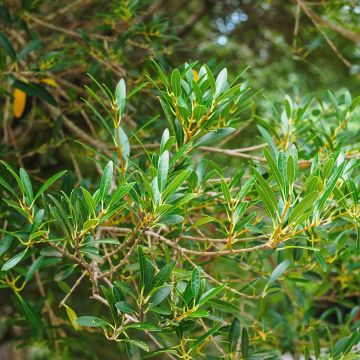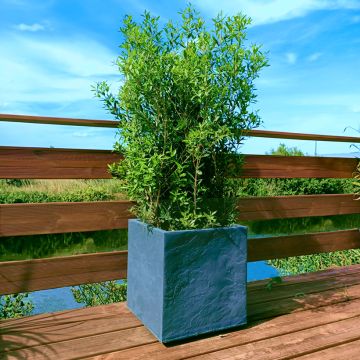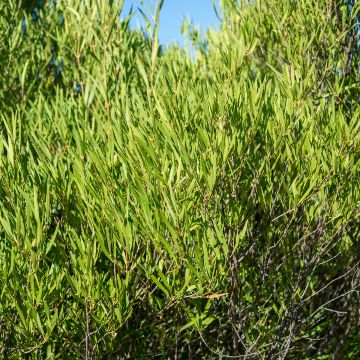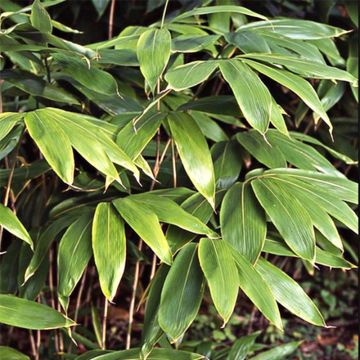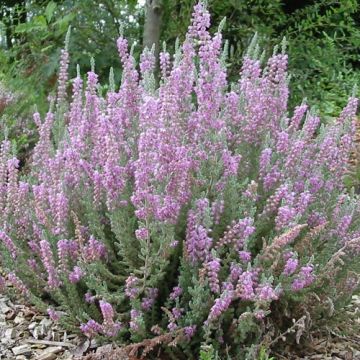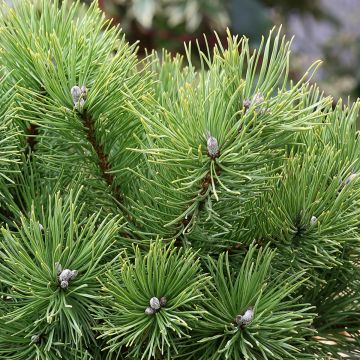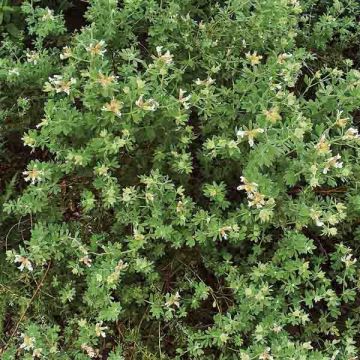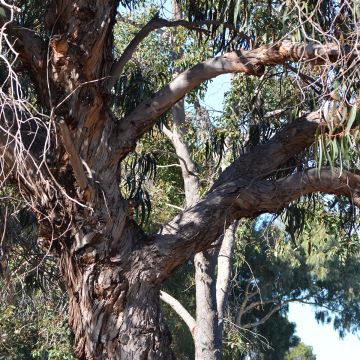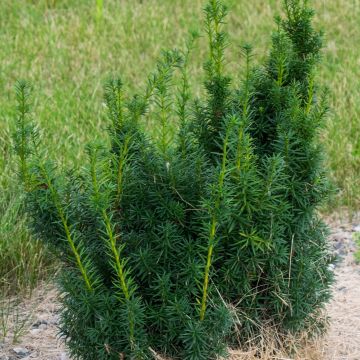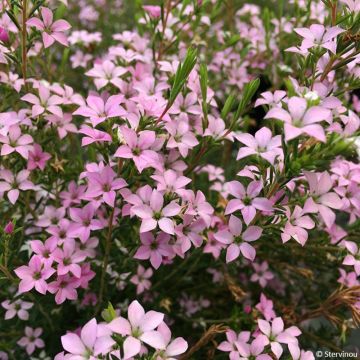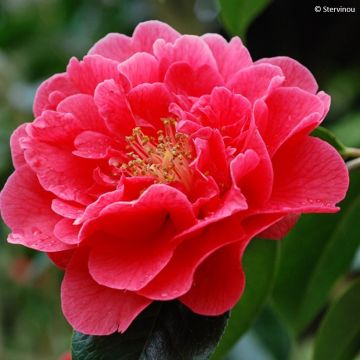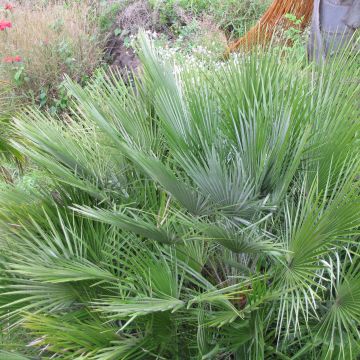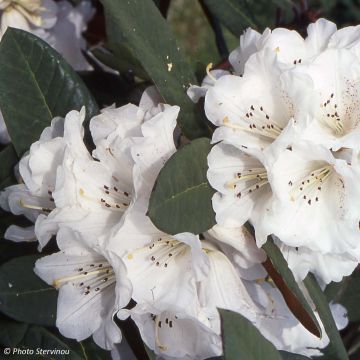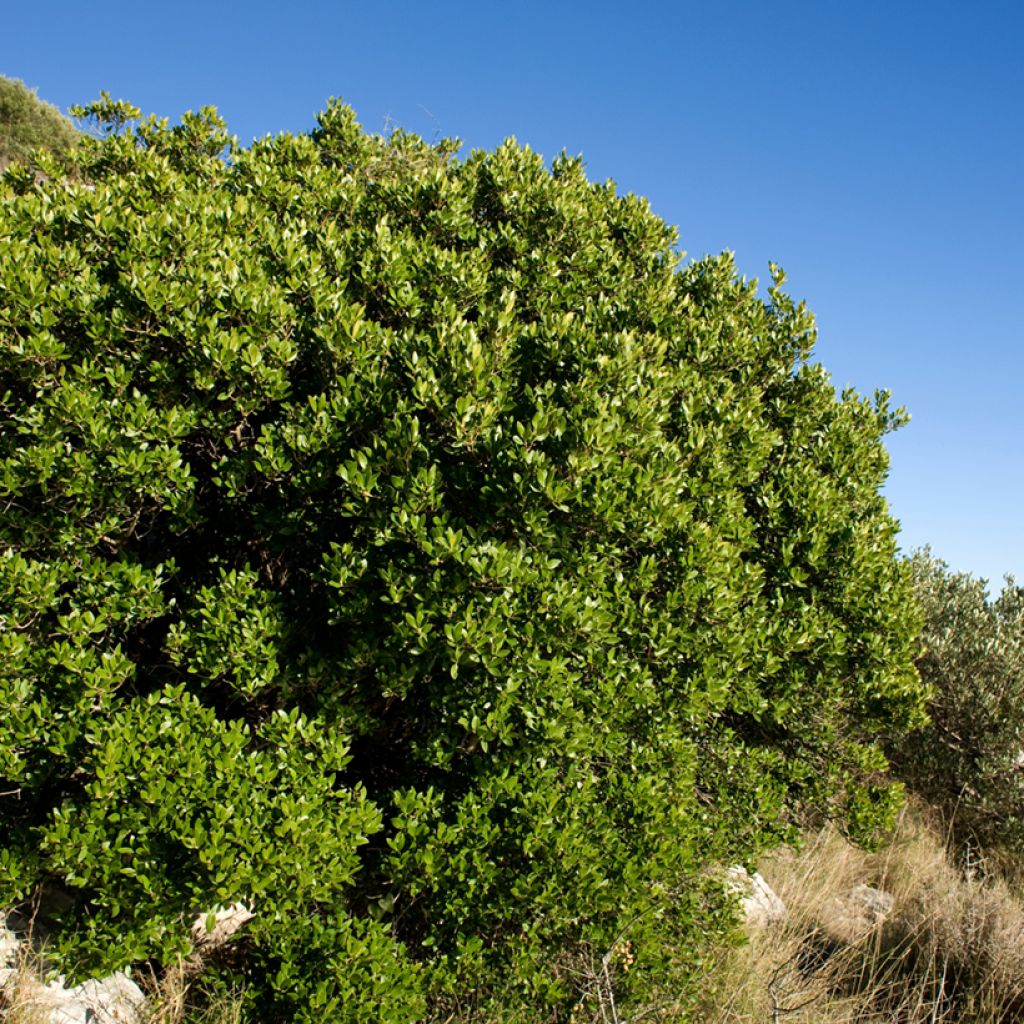

Phillyrea latifolia - Green Olive Tree
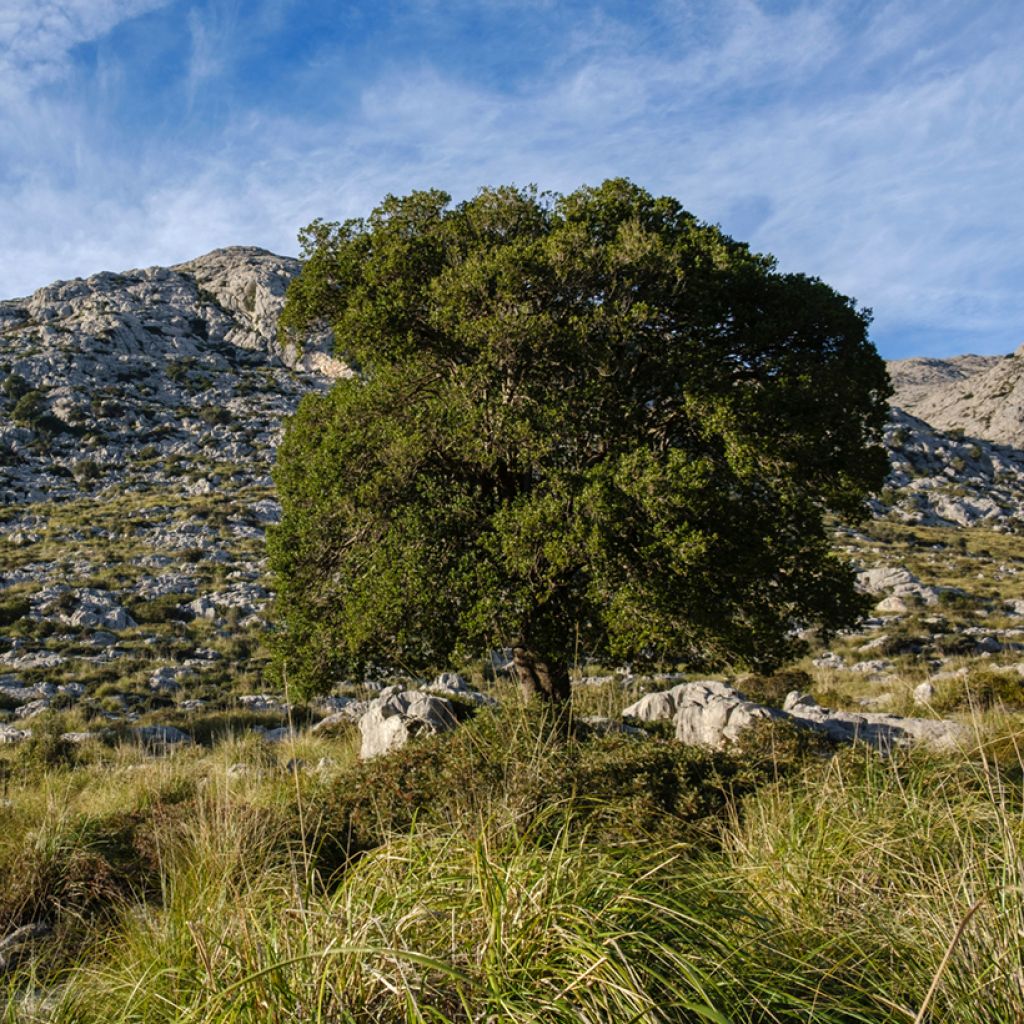

Phillyrea latifolia - Green Olive Tree
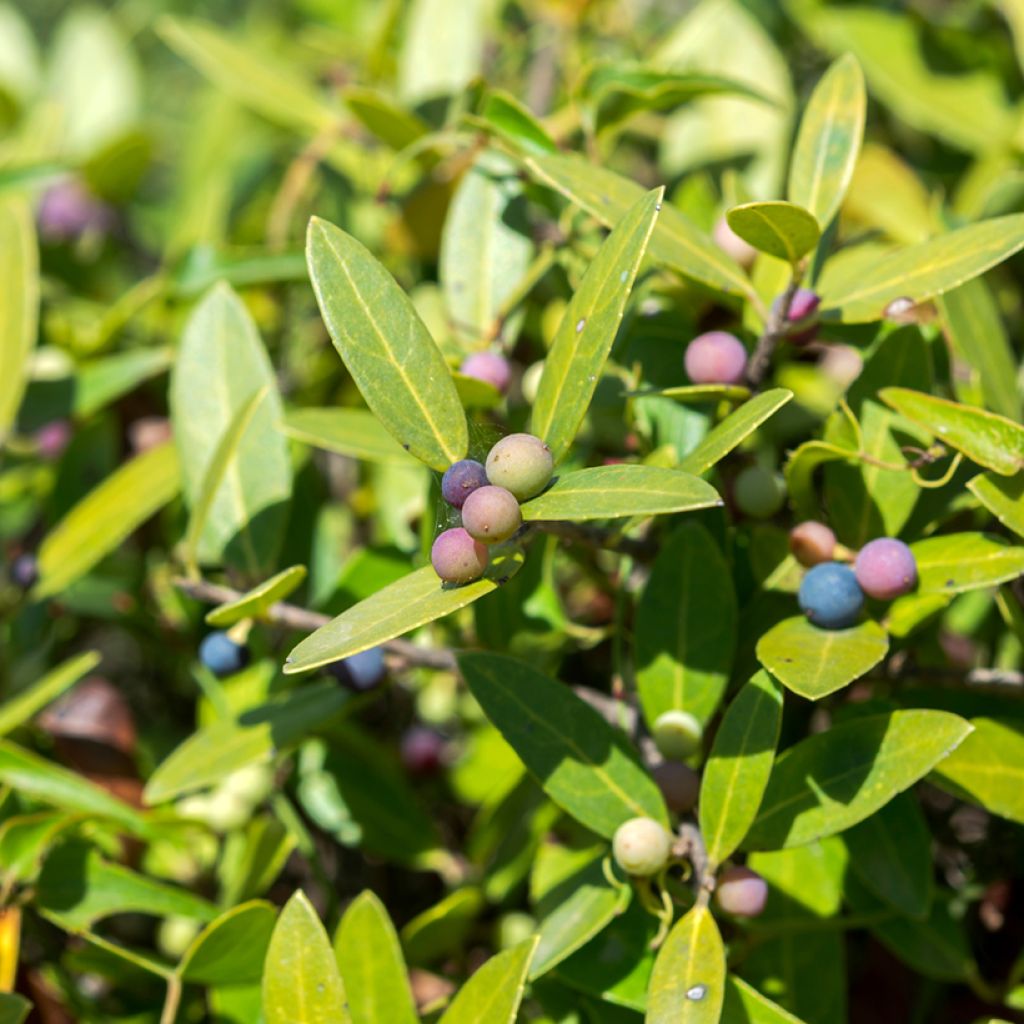

Phillyrea latifolia - Green Olive Tree
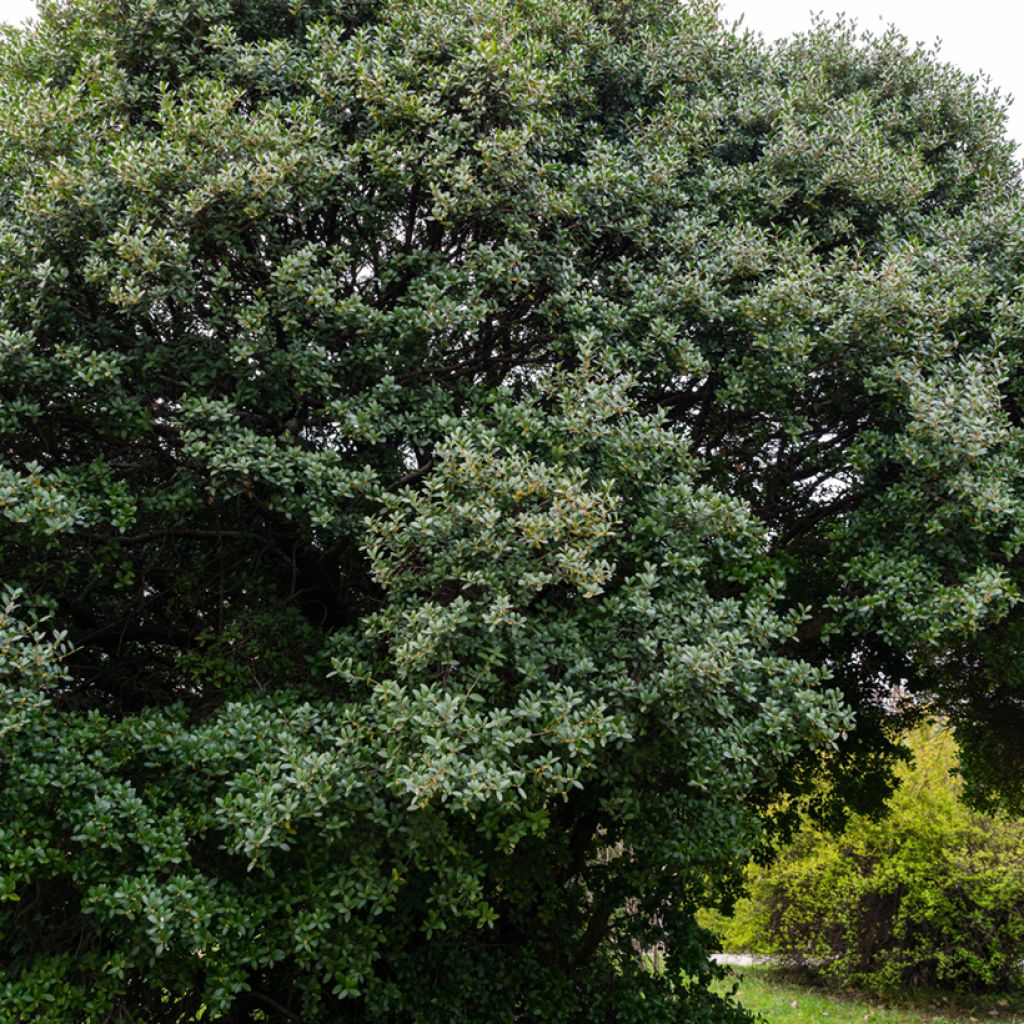

Phillyrea latifolia - Green Olive Tree
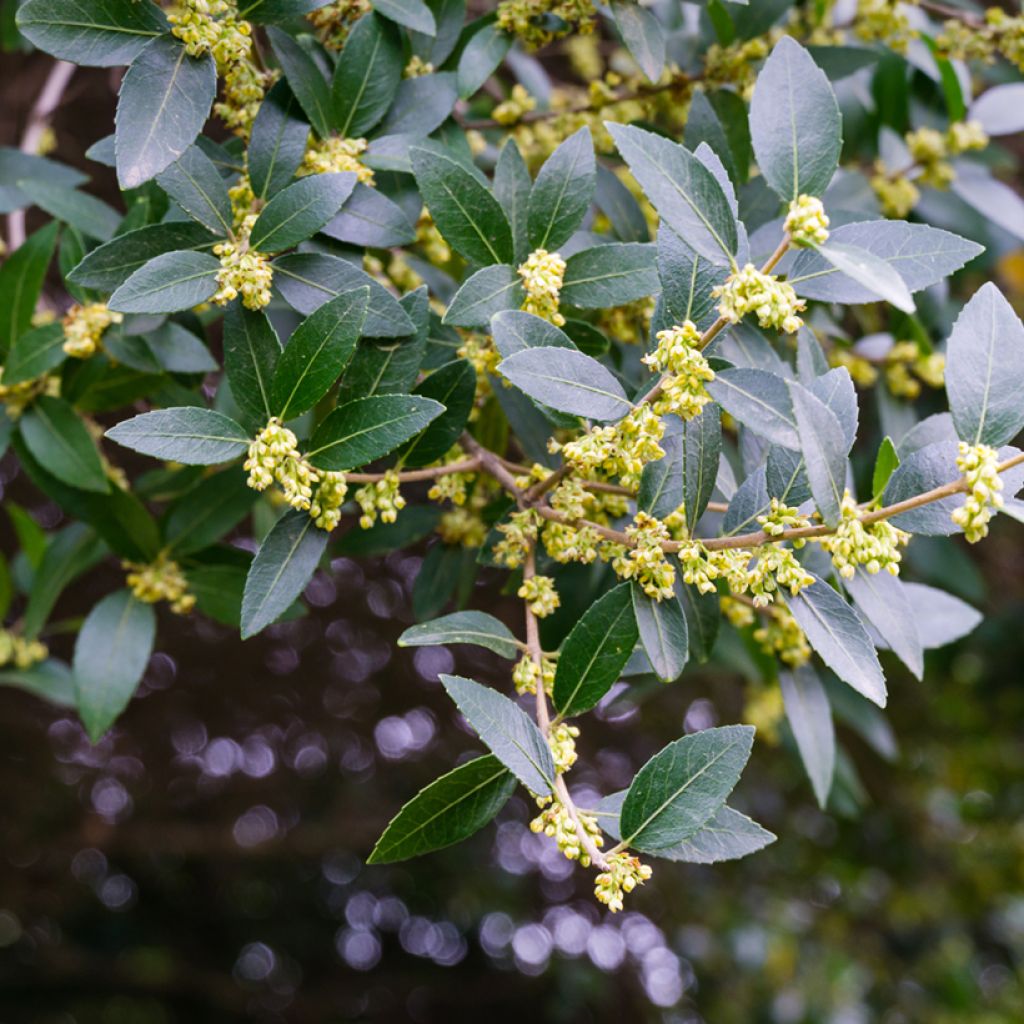

Phillyrea latifolia - Green Olive Tree
Phillyrea latifolia - Green Olive Tree
Phillyrea latifolia
Green Olive Tree, Mock Privet, Evergreen Privet
This item cannot be shipped to the selected country
Delivery charge from €5.90
Delivery charge from €5.90
Delivery to Corse prohibited
More information
Schedule delivery date,
and select date in basket
This plant carries a 24 months recovery warranty
More information
We guarantee the quality of our plants for a full growing cycle, and will replace at our expense any plant that fails to recover under normal climatic and planting conditions.
From €5.90 for pickup delivery and €6.90 for home delivery
Express home delivery from €8.90.
From €5.90 for pickup delivery and €6.90 for home delivery
Express home delivery from €8.90.
Delivery to Corse prohibited: UE law prohibits the import of this plant from mainland France to Corse as part of the fight against Xylella fastidiosa. Please accept our sincere apologies.
More information
Does this plant fit my garden?
Set up your Plantfit profile →
Description
Phillyrea latifolia, also known as the Broad-leaved Phillyrea or simply Phillyrea, is a shrub or small evergreen tree related to the olive tree. It is a close relative of Phillyrea angustifolia, from which it differs by more significant growth and larger, broader leaves. It is hard to find a more robust and undemanding plant than this shrub adorned with tough, serrated dark green leaves when it comes to adding a touch of lushness to a dry or neglected area alongside lentisks, evergreen oaks, and privets. It still manages to stand out in spring, thanks to the scent of its small, rather insignificant white-greenish flowers, followed by berries resembling small olives, though not edible.
Phillyrea is an evergreen shrub from the Oleaceae family, also related to Osmanthus, originating from the Mediterranean basin and the Middle East. It is found in the undergrowth covering rocky hills, often associated with evergreen oaks, firmly rooted in rocks but not averse to clayey and suffocating soils. Once well-established, it can withstand short frosts of around -12/-15°C.
Phillyrea latifolia naturally forms a small tree with a single, rather short trunk, taking on twisted shapes with age, with a very dense, spreading crown. In the wild, it frequently reaches 6m in height with a spread of 3.50m. Its growth is rather slow in poor soil, a bit faster in deep and fertile soil. It bears two types of leaves: the lower ones are quite large, ovate, tough, with a rather smooth edge and a shiny dark green colour. The leaves higher up on the branches are narrower, finely toothed along the edge and crossed by a prominent vein. Flowering, though inconspicuous, occurs from March to May. The flowers do not exceed 1 cm and are a somewhat greenish cream-white. Gathered in small clusters in the axils of the leaves, they are slightly scented and honey-producing. Flowering is followed by the formation of fruits called drupes containing a stone, which are a delight for birds. They turn an aubergine colour when ripe in autumn. This small tree can live for many years in poor, dry soil, eventually adopting a habit reminiscent of the Olive tree, or a flag-shape when exposed to wind at the seaside.
Extremely easy to grow, Phillyreas only dislike very cold winters, especially when young. As they do not mind sea spray, they are a great choice for coastal areas. Like Pistacia lentiscus, the bay laurel, strawberry trees, myrtles, and Rhamnus alaternus, they are perfect for providing the evergreen structure of the garden and even tolerate shade and root competition. In a mixed hedge, they can be paired with smoke bushes or deciduous spindle trees with stunning autumn colours. Their dark, rich foliage creates interesting contrasts with grey-leaved shrubs (Artemisia absinthium, Buddleia Silver Anniversary, coyote willow), bluish ones (Eucalyptus gunii), yellow ones (Sunburst honey locust) or even the pink-variegated foliage of the Dappled Willow (in moister soil). You can also grow this Phillyrea in the undergrowth, and plant Phlomis samia, bear's breeches, Bupleurum fruticosum, or Mexican orange blossom at its base.
Report an error about the product description
Plant habit
Flowering
Foliage
Botanical data
Phillyrea
latifolia
Oleaceae
Green Olive Tree, Mock Privet, Evergreen Privet
Mediterranean
Other Phillyrea
Planting and care
Phillyrea latifolia is a very tolerant bush in terms of soil and exposure. However, to ensure a good start, it is advisable to plant it in well-worked soil to allow its roots to descend more rapidly. In hot and dry climates, it is best planted in early autumn, while in areas close to the limit of hardiness, an early spring planting will be preferable. An adult bush can withstand short frosts of around -12/-15°C, in well-drained soil and a sheltered location, regrowing from the crown when its vegetation has been damaged. Water generously, but spaced out over the first two or three summers to help the bush establish well. Afterwards, it will do without water entirely in summer, even in hot and very dry regions. It is advisable to protect young plants with winter protection if significant frosts are forecast, especially during the first winters. This Phyllyrea tolerates limestone and clay soils well in dry climates. It also tolerates slightly acidic soils, both compact and moist in winter if it does not freeze. This bush is very well suited to drought and summer heat. It responds well to pruning, allowing it to be shaped into a hedge. It has no enemies or diseases in our gardens.
Planting period
Intended location
Care
This item has not been reviewed yet - be the first to leave a review about it.
Evergreen shrubs
Haven't found what you were looking for?
Hardiness is the lowest winter temperature a plant can endure without suffering serious damage or even dying. However, hardiness is affected by location (a sheltered area, such as a patio), protection (winter cover) and soil type (hardiness is improved by well-drained soil).

Photo Sharing Terms & Conditions
In order to encourage gardeners to interact and share their experiences, Promesse de fleurs offers various media enabling content to be uploaded onto its Site - in particular via the ‘Photo sharing’ module.
The User agrees to refrain from:
- Posting any content that is illegal, prejudicial, insulting, racist, inciteful to hatred, revisionist, contrary to public decency, that infringes on privacy or on the privacy rights of third parties, in particular the publicity rights of persons and goods, intellectual property rights, or the right to privacy.
- Submitting content on behalf of a third party;
- Impersonate the identity of a third party and/or publish any personal information about a third party;
In general, the User undertakes to refrain from any unethical behaviour.
All Content (in particular text, comments, files, images, photos, videos, creative works, etc.), which may be subject to property or intellectual property rights, image or other private rights, shall remain the property of the User, subject to the limited rights granted by the terms of the licence granted by Promesse de fleurs as stated below. Users are at liberty to publish or not to publish such Content on the Site, notably via the ‘Photo Sharing’ facility, and accept that this Content shall be made public and freely accessible, notably on the Internet.
Users further acknowledge, undertake to have ,and guarantee that they hold all necessary rights and permissions to publish such material on the Site, in particular with regard to the legislation in force pertaining to any privacy, property, intellectual property, image, or contractual rights, or rights of any other nature. By publishing such Content on the Site, Users acknowledge accepting full liability as publishers of the Content within the meaning of the law, and grant Promesse de fleurs, free of charge, an inclusive, worldwide licence for the said Content for the entire duration of its publication, including all reproduction, representation, up/downloading, displaying, performing, transmission, and storage rights.
Users also grant permission for their name to be linked to the Content and accept that this link may not always be made available.
By engaging in posting material, Users consent to their Content becoming automatically accessible on the Internet, in particular on other sites and/or blogs and/or web pages of the Promesse de fleurs site, including in particular social pages and the Promesse de fleurs catalogue.
Users may secure the removal of entrusted content free of charge by issuing a simple request via our contact form.
The flowering period indicated on our website applies to countries and regions located in USDA zone 8 (France, the United Kingdom, Ireland, the Netherlands, etc.)
It will vary according to where you live:
- In zones 9 to 10 (Italy, Spain, Greece, etc.), flowering will occur about 2 to 4 weeks earlier.
- In zones 6 to 7 (Germany, Poland, Slovenia, and lower mountainous regions), flowering will be delayed by 2 to 3 weeks.
- In zone 5 (Central Europe, Scandinavia), blooming will be delayed by 3 to 5 weeks.
In temperate climates, pruning of spring-flowering shrubs (forsythia, spireas, etc.) should be done just after flowering.
Pruning of summer-flowering shrubs (Indian Lilac, Perovskia, etc.) can be done in winter or spring.
In cold regions as well as with frost-sensitive plants, avoid pruning too early when severe frosts may still occur.
The planting period indicated on our website applies to countries and regions located in USDA zone 8 (France, United Kingdom, Ireland, Netherlands).
It will vary according to where you live:
- In Mediterranean zones (Marseille, Madrid, Milan, etc.), autumn and winter are the best planting periods.
- In continental zones (Strasbourg, Munich, Vienna, etc.), delay planting by 2 to 3 weeks in spring and bring it forward by 2 to 4 weeks in autumn.
- In mountainous regions (the Alps, Pyrenees, Carpathians, etc.), it is best to plant in late spring (May-June) or late summer (August-September).
The harvesting period indicated on our website applies to countries and regions in USDA zone 8 (France, England, Ireland, the Netherlands).
In colder areas (Scandinavia, Poland, Austria...) fruit and vegetable harvests are likely to be delayed by 3-4 weeks.
In warmer areas (Italy, Spain, Greece, etc.), harvesting will probably take place earlier, depending on weather conditions.
The sowing periods indicated on our website apply to countries and regions within USDA Zone 8 (France, UK, Ireland, Netherlands).
In colder areas (Scandinavia, Poland, Austria...), delay any outdoor sowing by 3-4 weeks, or sow under glass.
In warmer climes (Italy, Spain, Greece, etc.), bring outdoor sowing forward by a few weeks.

































